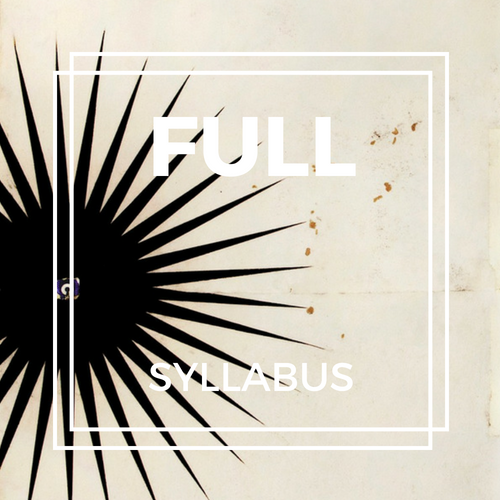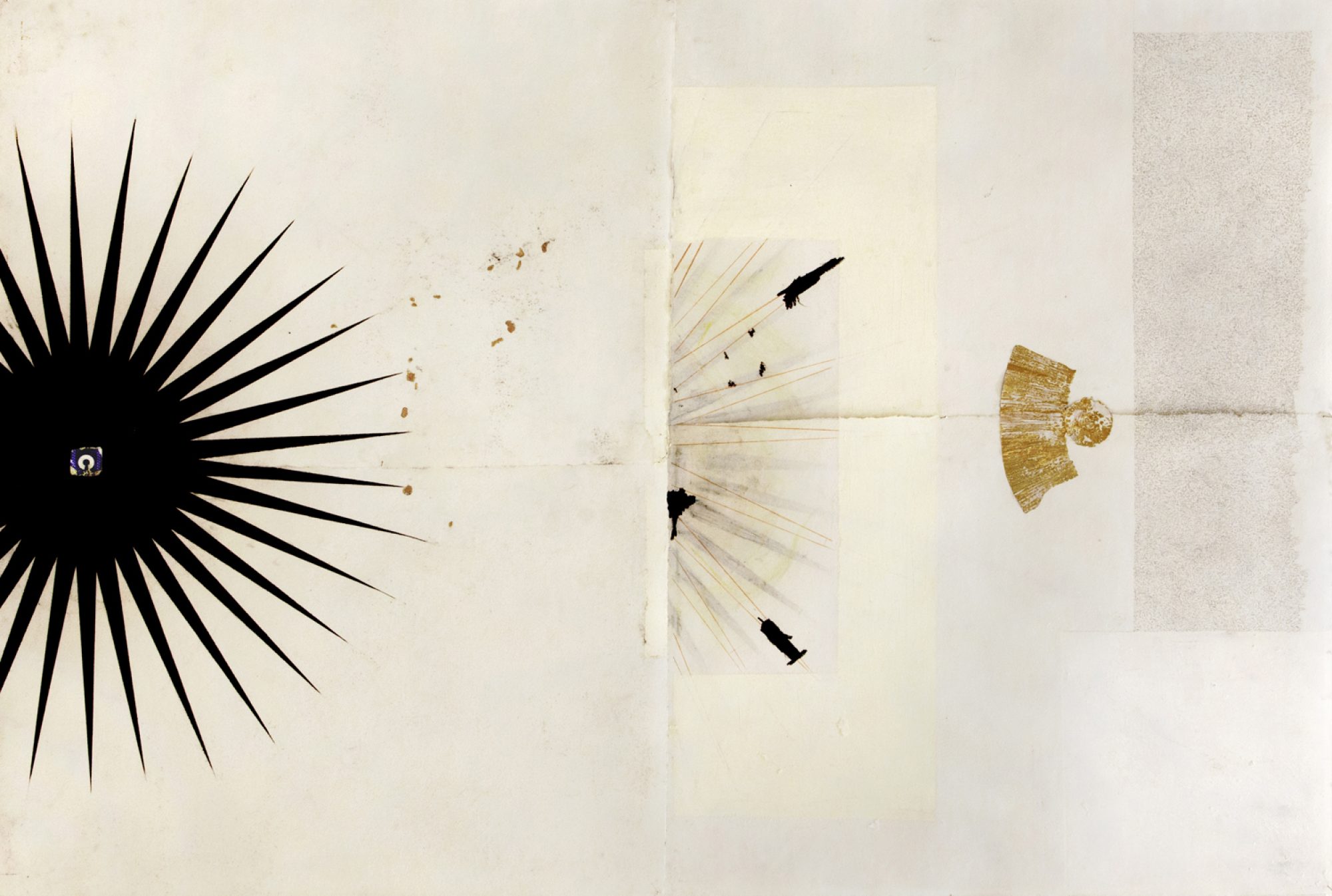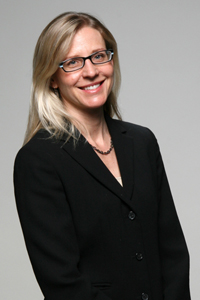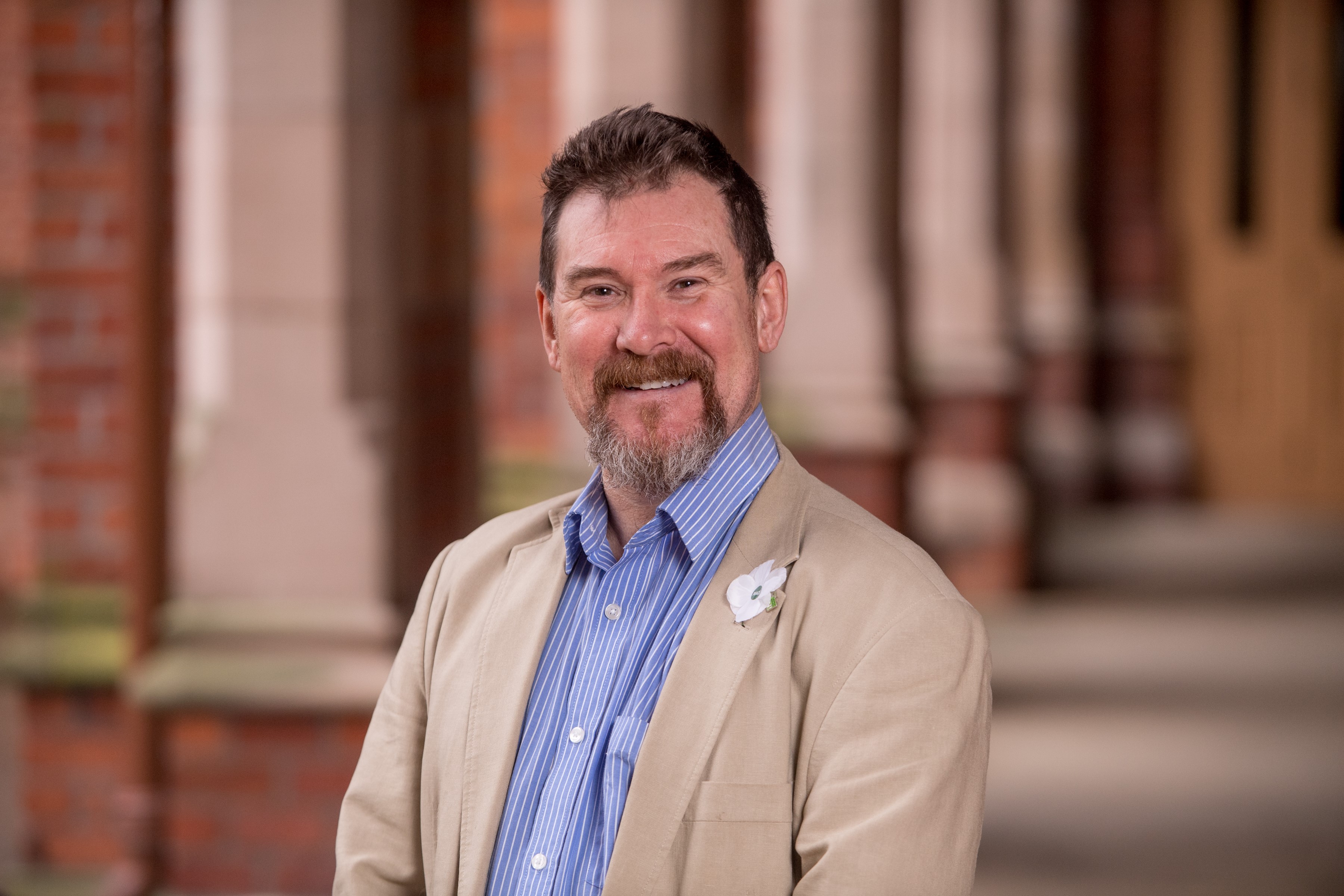ABOUT THE PROJECT:
Note on the syllabus: The Radical Hope syllabus serves as a resource for anyone interested in environmental issues. It provides a new way of framing and thinking about how individuals or groups might formally or informally learn about our most pressing environmental issues — and how we, collectively and/or individually, might respond to them.
What is “radical hope” and how is it related to the environment, climate change, or the anthropocene? How is hope conceptualized, fostered and sustained in such turbulent times as ours? In early July 2017, the Rachel Carson Center, Munich together with University of Texas, Austin hosted a two-day workshop on “Radical Hope.” It brought together 21 people from a variety of continents and disciplinary perspectives to explore and exchange ideas on that renewable and essential resource: hope. A resource that is often sadly and noticeably lacking in academic and popular conversations on the dominant framing of the Anthropocene in terms of overwhelming ecological crises, pragmatic pessimism, cognitive dissonance, climate denialism and scientific realism on the one hand. And, on the other, soothing narratives of “techno-optimism” and an idea that a slight “greening” of “business as usual” — overseen by various experts and elites — will somehow see us through. Optimism is not the same as hope after all.
Not surprisingly, the 21 participants had 21 different definitions of the term. One aim of the workshop was to avoid overly pessimistic, trite, or sentimental conceptualizations of what it means to be hopeful. To quote from the call for papers: We were “interested in how realistic or even radical hope can: 1) reframe contemporary discussions, and 2) influence sustainability transformations that can help us think about how to be reactive and responsive in shaping those transformations in ways that are both feasible and hopeful.”
Since the conference, we have opened up the syllabus for collaboration from individuals working in different fields, disciplines, agencies, or organizations.
Participants from the Radical Hope Conference and beyond have now created specific sections of the syllabus in order to introduce readers/users to the driving idea or key questions that motivate them and/or influence their own work. By and large, syllabus authors designed sections based on the papers they presented at the Radical Hope conference. As participants publish blogs or articles related to their work we will post links to those pieces in the syllabus.
The range of topics and approaches to them is eclectic and wide ranging: from the art of listening, ‘looking at the ordinary’, the role of art and protest and radical hope, case studies of air pollution, the conservation movement, and resilience in the face of earthquakes. The syllabus invites you to consider poetry, love, right relationships with the more than human world alongside politics, statecraft and environmental, energy and climate security, as complementary resources to create an ‘infrastructure of hope’ in the Anthropocene.
Following a short description of each section that both sets up the papers that RH Conference participants presented (and will be made available soon) and explains the importance of the proposed modules (listed by titles), each author has added a list of the most relevant readings, videos, movies, artworks, blog posts, etc. related to their topic. Non conference participants have followed this same model. Each section reflects the views and expertise of individual contributors. And, each section was formatted by individual scholars according to individual style preference, or their discipline’s conventions and standards. In some cases, you’ll find that different authors list the same source. Since sections represent specific aims, we did not edit the syllabus to eliminate “duplicate” sources.
Authors of the syllabus created specific “units” based on the issues they felt were most relevant to their topic as it relates to their definition of Radical Hope and each participant used the following questions to introduce their sections:
How do you define radical hope?
How do you see radical hope emerging or playing out in your case study?
Authors not only contributed to their own sections of the syllabus, some consulted with each other on the relevant literature added materials to other sections — including books, articles, primary sources, artwork, film clips, and other resources that perhaps people didn’t include or know about in order to take full advantage of collaborating together across disciplines, regions and interests.
This is a work in progress and we offer it now to as wide an audience and public as possible, as it moves from a collaborative to a crowdsourcing developmental stage. We hope the syllabus will continue to grow as more and more people view it and think about the concepts presented within it. We also invite visitors to this page to contact us by going to the “Contribute” tab above or going directly to the form and create their own sections of the syllabus.
 |
 |
 |



